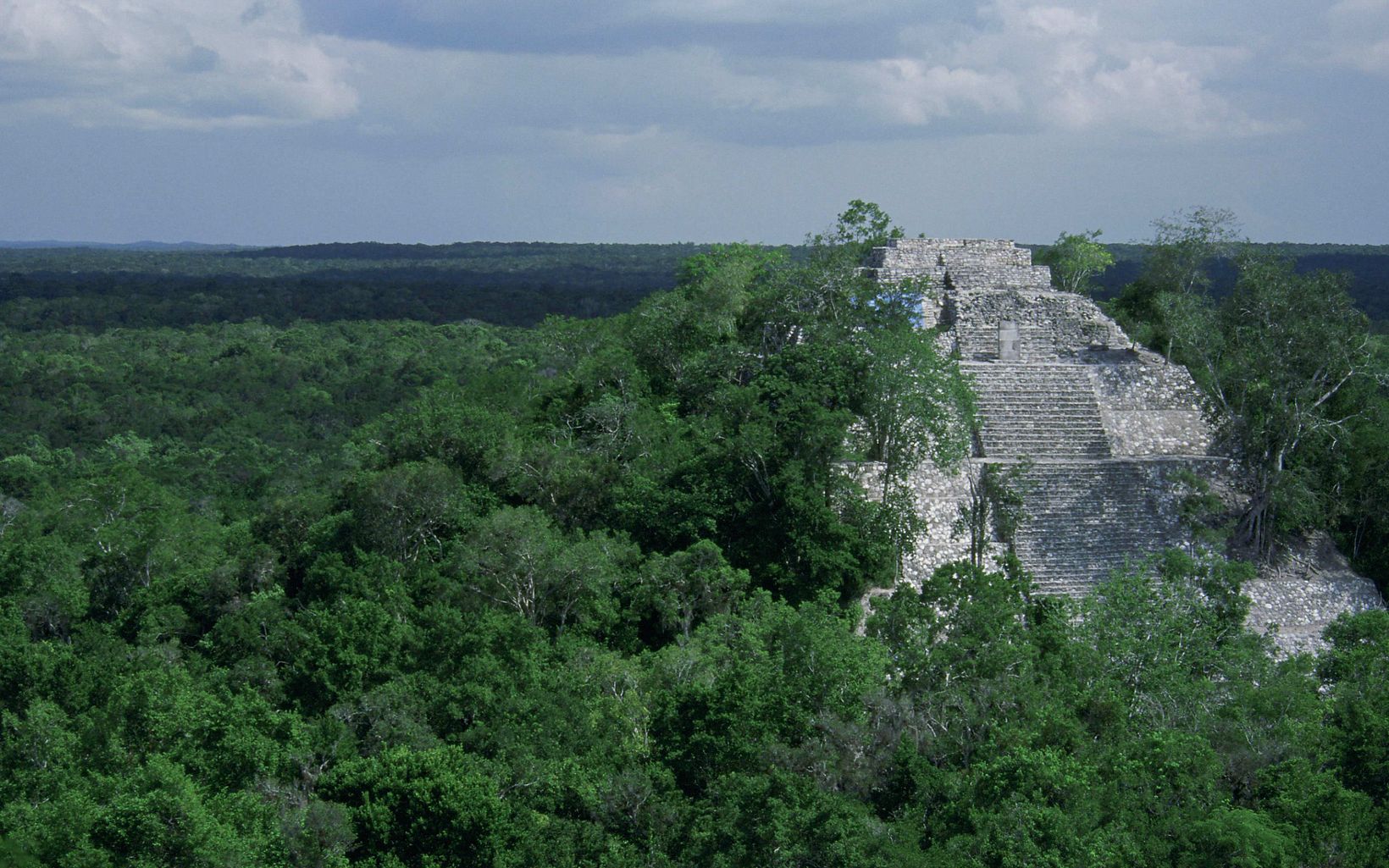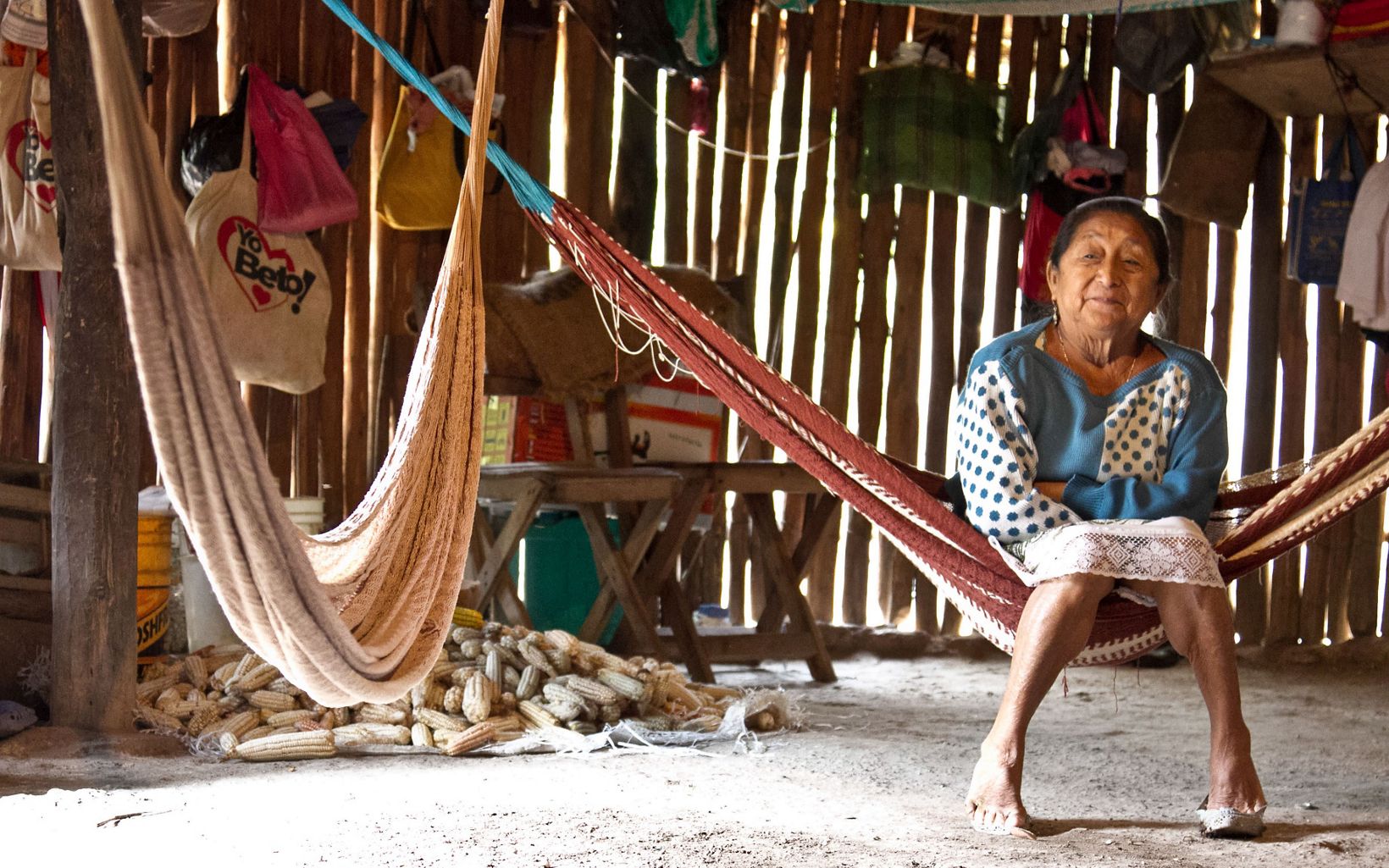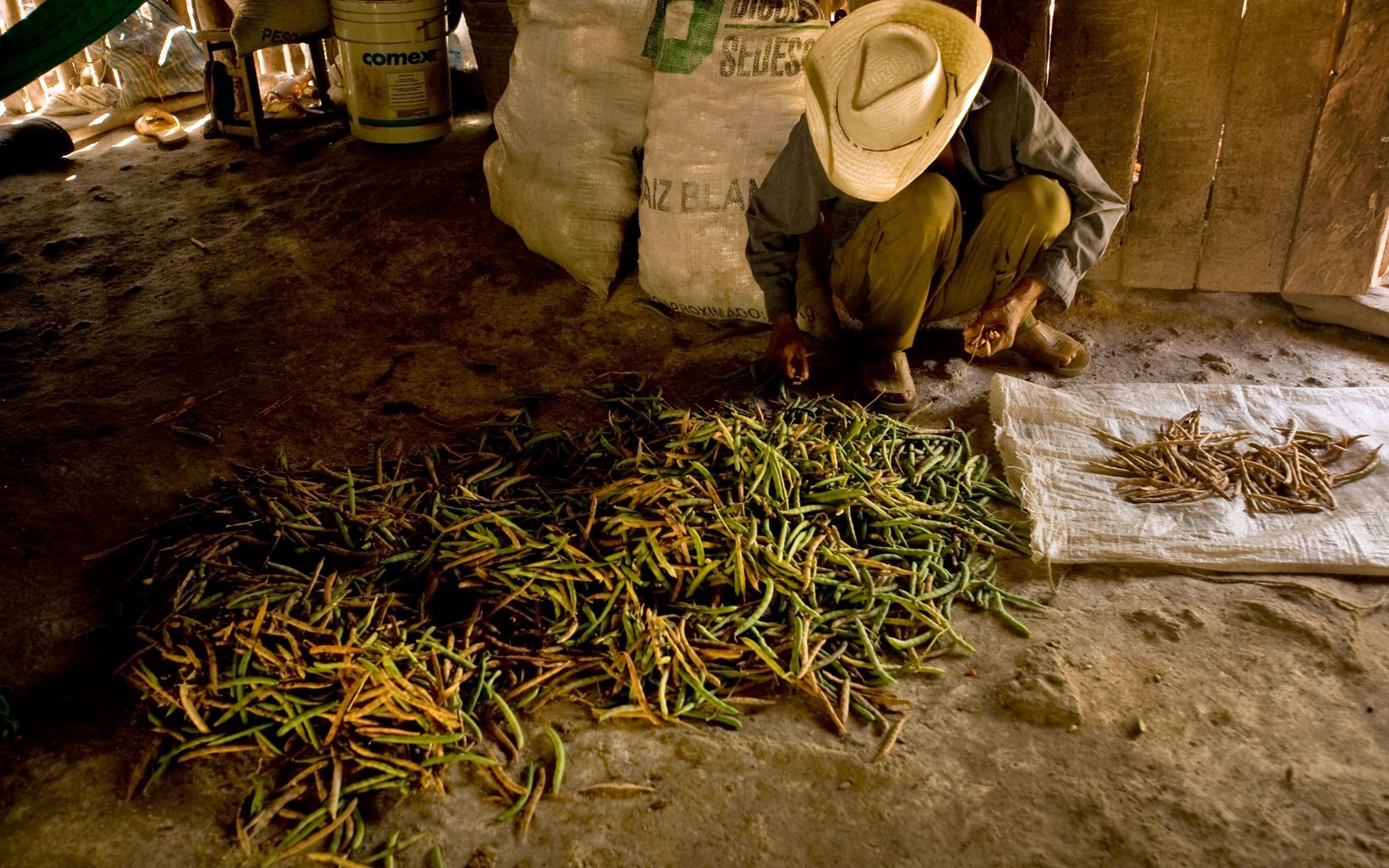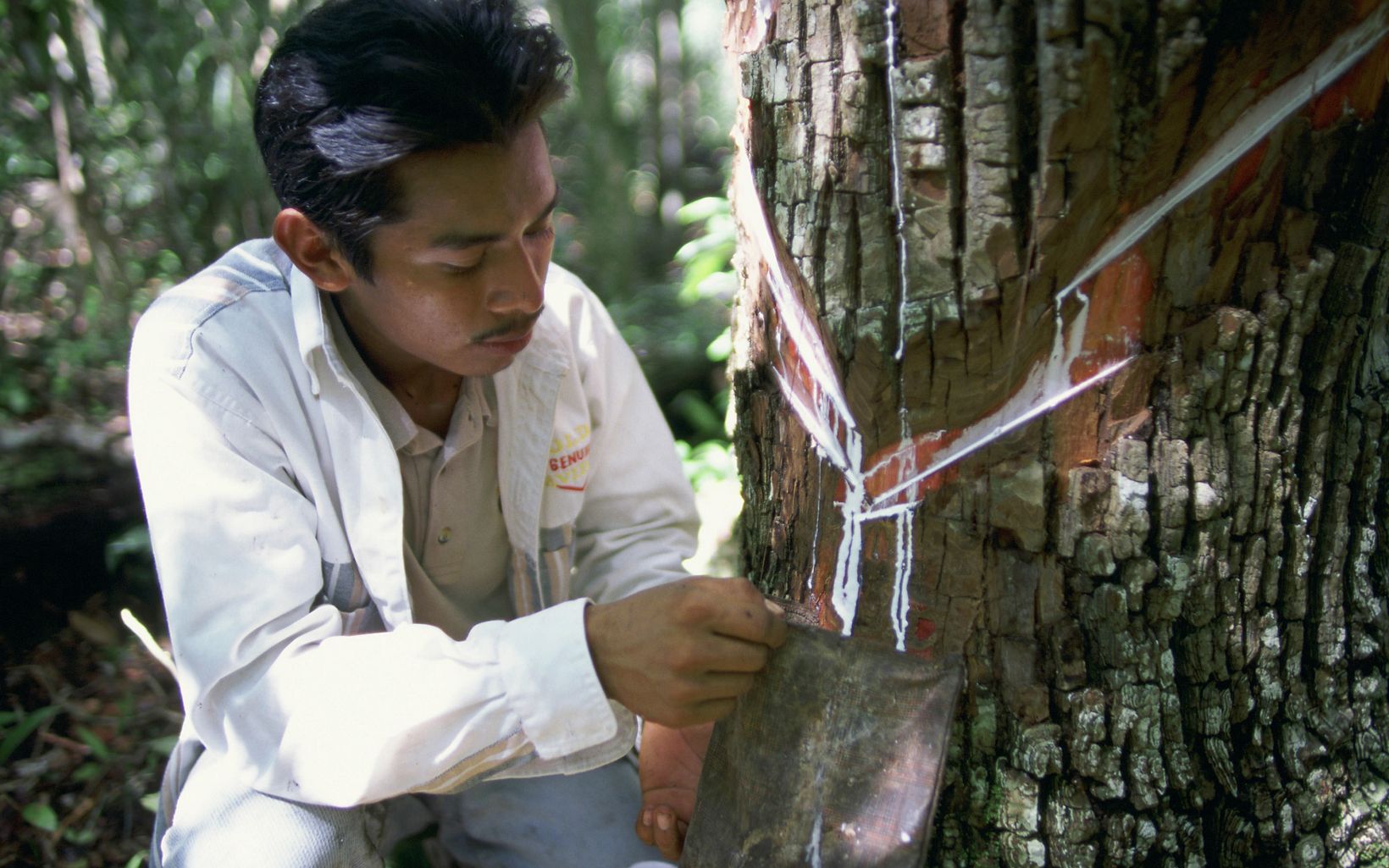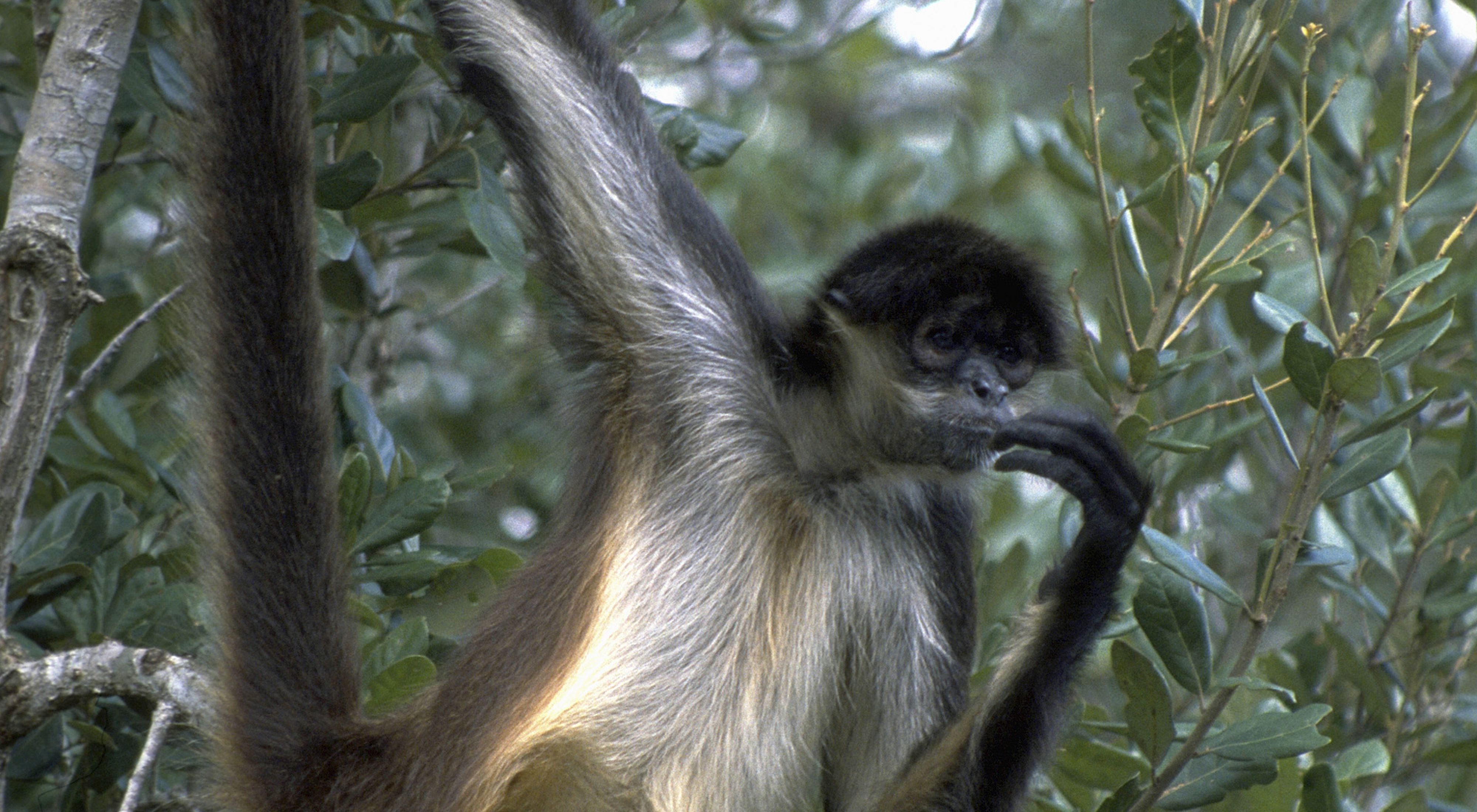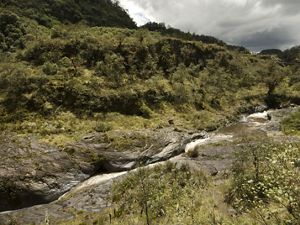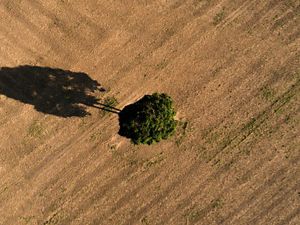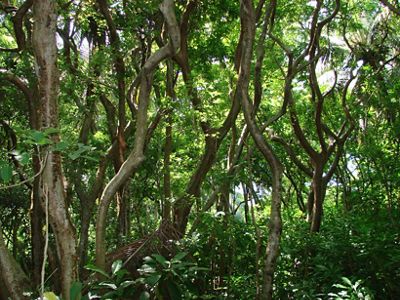
The Nature Conservancy develops new financial and investment mechanisms to fight climate change and invest in saving the planet´s forests. The Rio Bravo Reserve in Belize is an example of how it can be done.
Climate change is caused by actions around the world, so it stands to reason that the necessary efforts to mitigate and reduce its impact must also take place across the globe. The Nature Conservancy (TNC) has developed financial and fundraising strategies that allow the stakeholders of a country to offset their emissions elsewhere in the world, contributing to improving the livelihood of the local population. That is the case in the Rio Bravo Conservation and Management Area, whose financial sustainability comes from the removal of carbon offsets.
The initiative is one of TNC’s first carbon projects and one of the first efforts of its kind worldwide. In 2012, the Rio Bravo Reserve certified 1.6 million tons of carbon offsets by preventing deforestation and instituting sustainable forest management strategies. This has allowed the successful removal of more than $1.5 million in carbon offsets, ensuring the financial viability of the reserve. Program for Belize, TNC’s partner organization in Belize, manages the project’s 100,000 hectares.
The forests of Belize are an important part of the Maya Forest, one of the largest and most protected forestry areas left in the world. The Rio Bravo Reserve is also part of a million-acre corridor that is key to biodiversity conservation in Central America and one of TNC's top conservation priorities. The area is home to the endangered black howler monkey and jaguar, numerous migratory birds, and important tree species such as mahogany and others.
The trees in the Rio Bravo Reserve sequester large quantities of carbon dioxide caused by forest fires and the deforestation that threatens the ecosystems, thus demonstrating the role forests have in the solution to climate change. Financing the reserve’s conservation, however, is a great challenge if not all stakeholders are involved.
TNC has developed innovative financial mechanisms that allow stakeholders from around the world to fund the project and invest in the conservation of the Maya Forest and management of the private reserve. Utility companies provided $5.6 million in funding for the first 10 years of the 40-year project. The next 30 years will be sustained by proceeds from sustainable timber extraction under Program for Belize's management and interest from the project endowment.
The resources guarantee the permanence of the forests of Rio Bravo and the establishment of an endowment fund that will help support the project beyond its initial funding. In addition, measures have been taken to prevent carbon leakage - that is, to ensure that carbon benefits achieved within the project boundaries are not negated by actions elsewhere as a result of the project. Control of fire and illegal wood harvesting in the project area are also helping reduce unintended loss of forest and new emissions of carbon dioxide.
Vibrant Selva Maya
